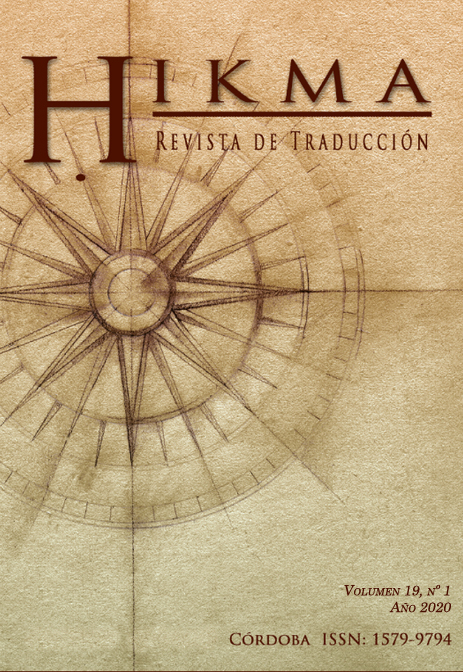Ideology in Advertising: Some Implications for Transcreation into Arabic
Main Article Content
Abstract
Abstract: Ideology has a twofold sense in advertising. One is general and aims to standardize the consumers' needs and traits by globalized means to persuade them to buy the products. The other is specific whereby the advertisement campaigns can introduce, reinforce and /or challenge some ideological values as of politics, religion, race and gender. To sell globally, advertisements are translated into other languages. This requires adjusting the ideological values to the Target Language (TL) audience. When the ideological dimension of the TL is given priority, transcreation, instead of translation per se, becomes the best choice. Unlike the traditional translator who is expected to be faithful to the Source Language (SL), the transcreator should always maintain proximity to the TL ideology so as to avoid unwanted sensitivities of the TL audience and should adopt creative ideas in order to achieve resonance in the TL. The present paper aims to investigate the implications of advertising ideology for transcreation into Arabic. The global advertisement campaigners seem to be aware that Arabic and Islam represent a unified ideology represented in values of national identity, politics and gender. Most transcreation of these campaigns have achieved both proximity to the TL audience and creativity of ideas that do not clash with the ideological status quo in the Arab World. But despite the laudable reputation of transcreation nowadays in the Translation Studies literature as the best strategy of advertisement translation, it looks like it cannot escape the twofold sense of ideology in those texts. While it does embrace diversity of ideological values of SL and TL, an advertisement campaign transcreation is unable to outbalance the general and more solid ideology of standardizing the consumers' needs and motives.
Downloads
Article Details

This work is licensed under a Creative Commons Attribution-NonCommercial-ShareAlike 4.0 International License.
Authors who publish with this journal agree to the following terms:
1. Authors retain copyright and grant the journal right of first publication with the work simultaneously licensed under a Creative Commons Attribution License that allows others to share the work with an acknowledgement of the work's authorship and initial publication in this journal.
2. Authors are able to enter into separate, additional contractual arrangements for the non-exclusive distribution of the journal's published version of the work (e.g., post it to an institutional repository or publish it in a book), with an acknowledgement of its initial publication in this journal.
3. Authors are permitted and encouraged to post their work online (e.g., in institutional repositories or on their website) prior to and during the submission process, as it can lead to productive exchanges, as well as earlier and greater citation of published work (See The Effect of Open Access).

